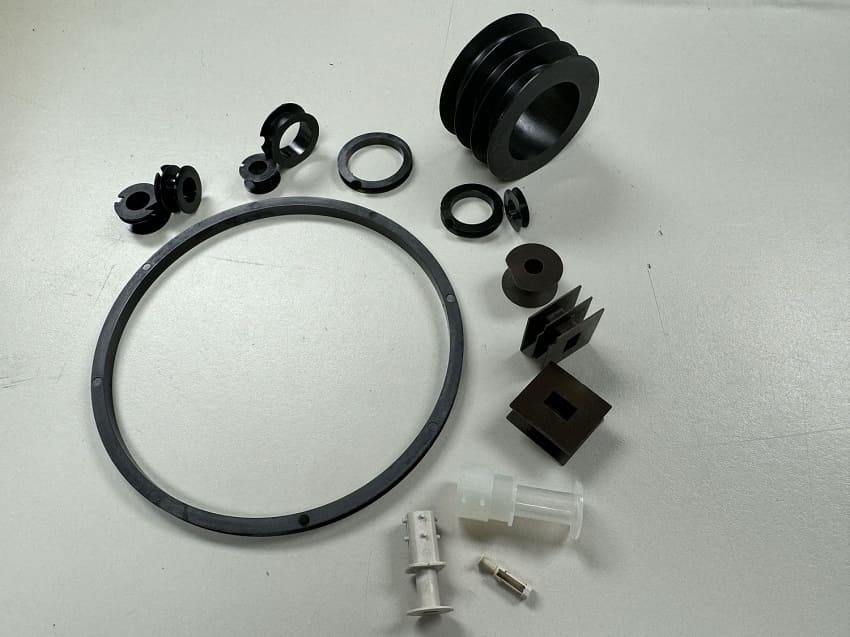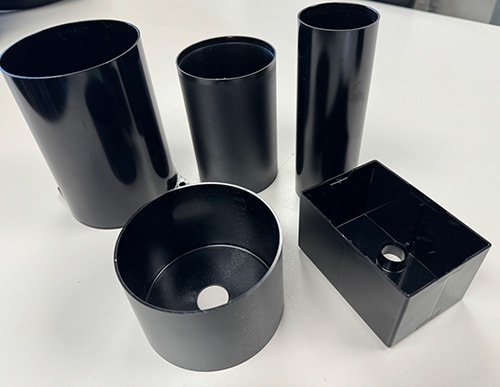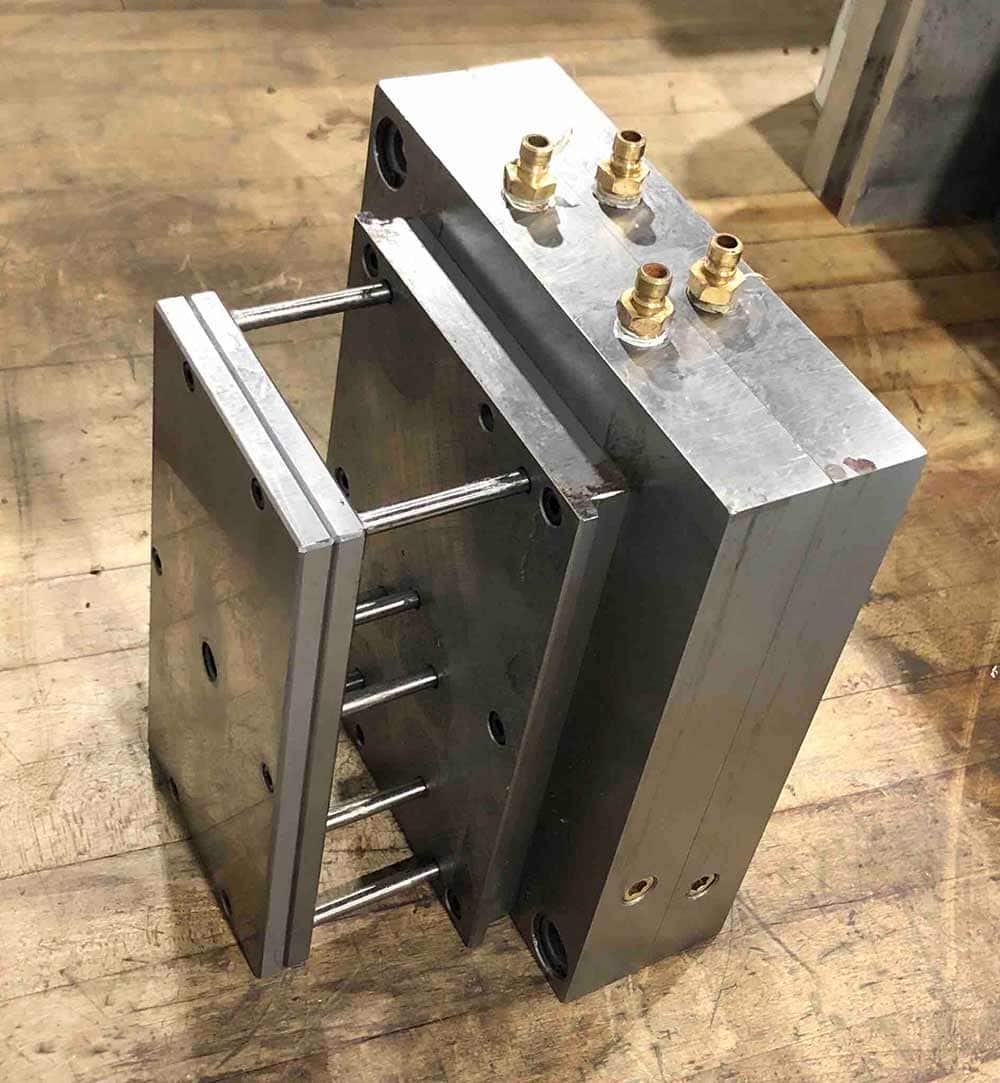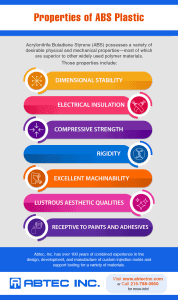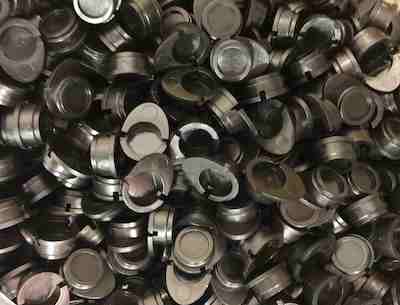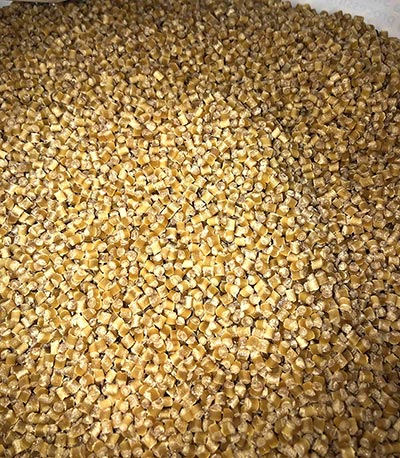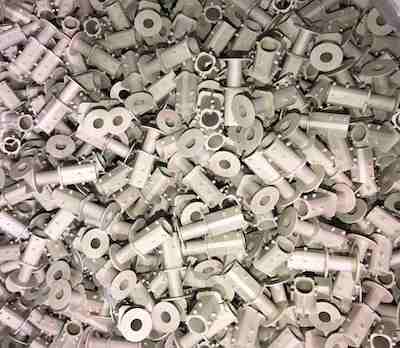In the world of manufacturing, precision and customization are key factors that can make or break a company’s success. One such company that has been leading the charge in this space is dedicated to crafting custom thermoplastic bobbins, Abtec Inc.
Let’s delve into how Abtec’s competitive tooling and part prices have become a game-changer for Original Equipment Manufacturers (OEMs) seeking tailored solutions.

